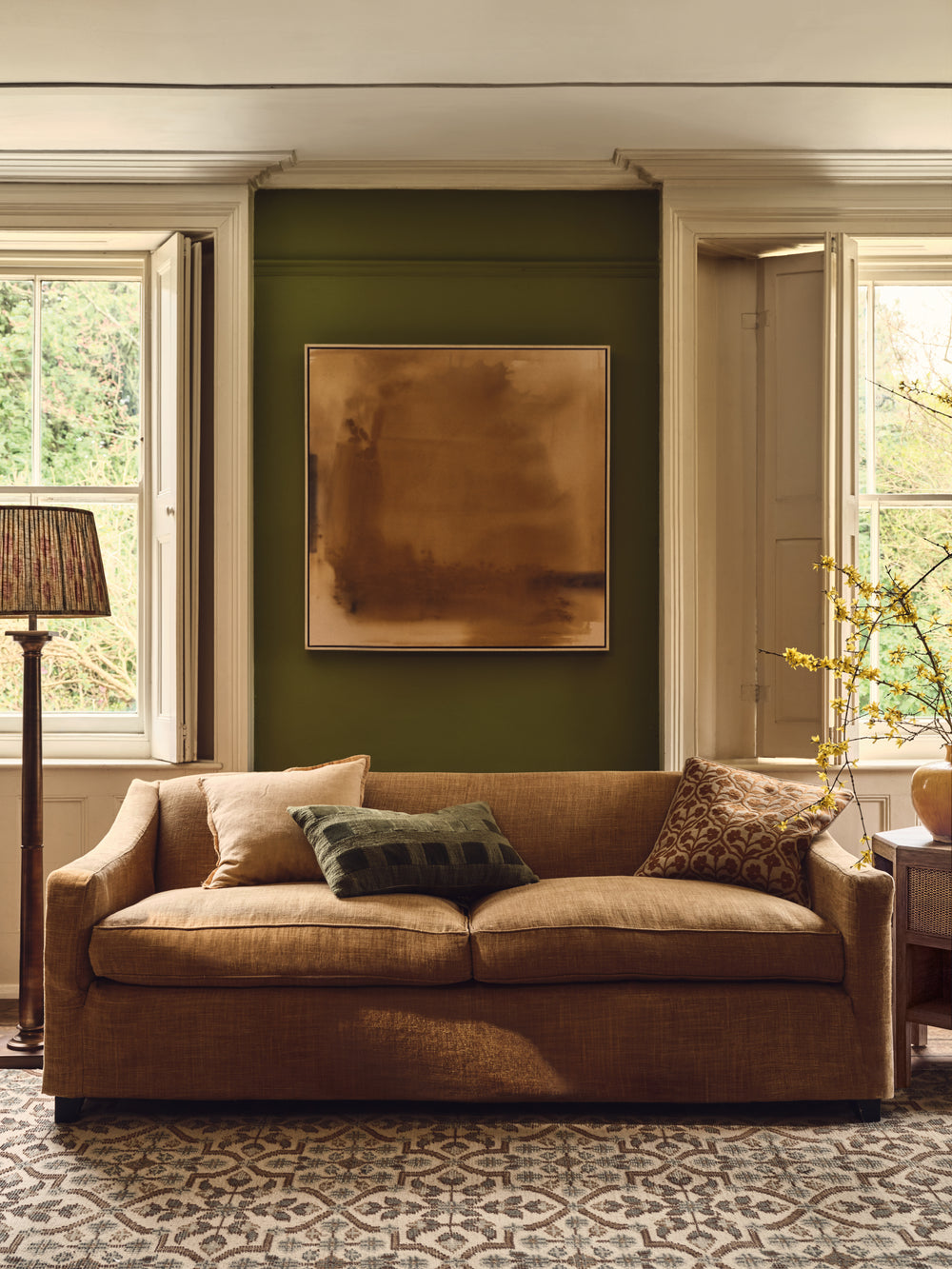





To help prolong the life of your wooden furniture, we advise the following:


From furniture to lighting and textiles, caring for your exquisite designs mean they'll look like new for even longer.

20 February 2025
Heat Avoid exposing your picture/wall art to excessive heat (for example, by placing it directly above a radiator) as this...

20 February 2025
OKA creates high-quality, unique tableware crafted from carefully selected materials. With the correct care and maintenance, it can be used...

20 February 2025
Tailored by OKA Upholstered Furniture Our Tailored by OKA upholstered furniture is handmade to order in the UK, with the...

20 February 2025
Day-to-Day Maintenance We recommend that rugs are always used with an anti-slip underlay. This will prevent the rug from sliding...

20 February 2025
Lighting OKA lighting is hand-crafted to a high standard with carefully selected materials. With the correct care and maintenance our...